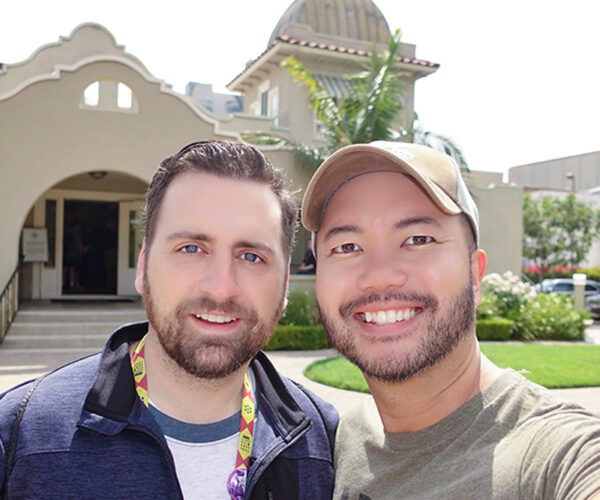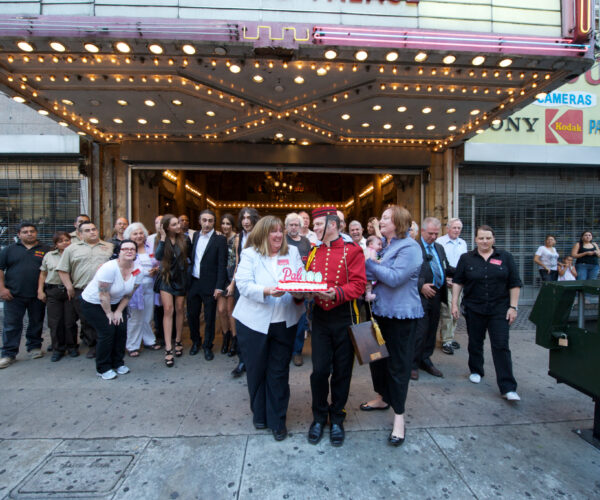Feature
Big Business
In the postwar world, Los Angeles became synonymous with several advanced industries, such as oil, aerospace, entertainment, and finance. New buildings rose to house the companies and industries that made the region a powerhouse.
Several major commercial architectural firms cornered the market on innovative design for the workplace, such as Welton Becket and Associates, William Pereira Associates, Charles Luckman Associates, and A. C. Martin. Collaboration with landscape architects such as Thomas Church and Garrett Eckbo yielded smartly integrated public landscapes and plazas. These monuments to big business have become icons of the region.


